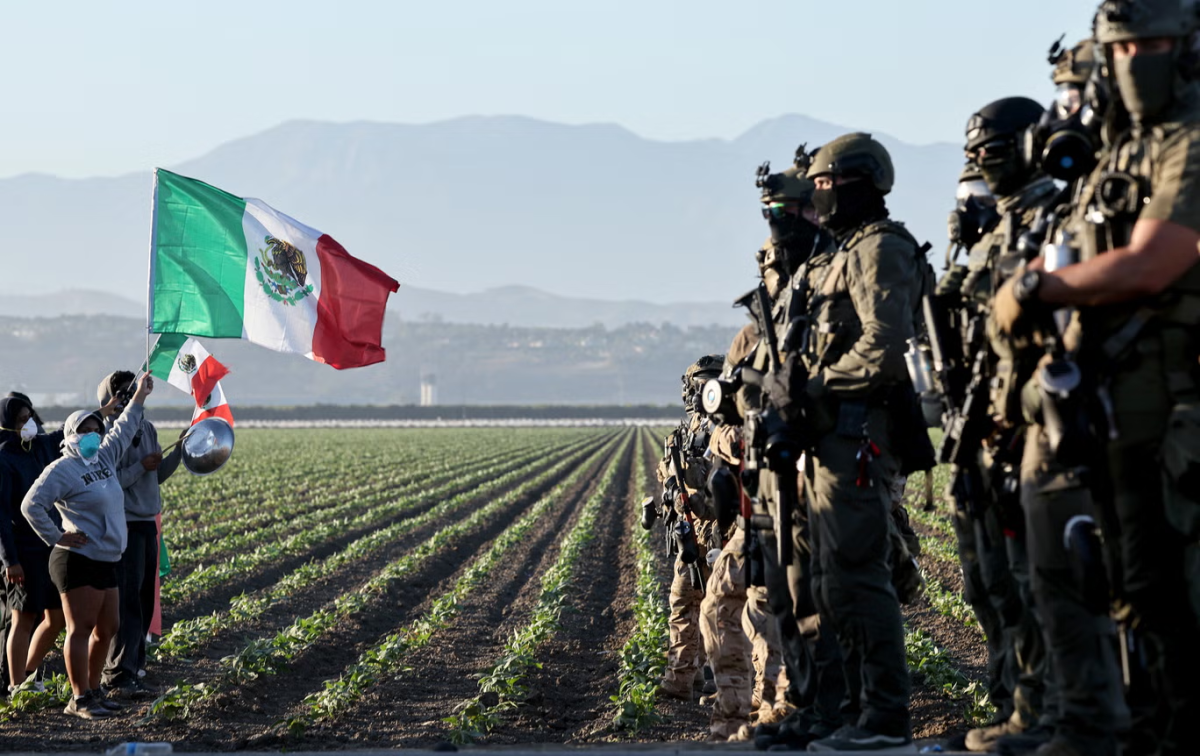The 2024 US Presidential Election results are in and now, almost a month later, we have a clear picture of what happened and why.
Republican candidate Donald Trump prevailed over Democratic candidate Kamala Harris, winning both the electoral college at 312 to 226, and the popular vote at 50.2% compared to his opponent’s 48.2%, securing all seven swing states. He is the second person in history to reclaim the presidency after losing the first election for his second term, the first being Grover Cleveland in 1893.
Harris and Trump had very different routes to candidacy in this election, starting with their primaries. A primary election is a way for a party to choose their presidential candidate. Typically held at some point over the summer, the specifics of operating such an election vary from state to state. Primary elections are not completely mandatory, just extremely custom. A decision from a party’s National Committee can override the people’s votes.
For the Republicans, by the end of the primaries, Trump was the only man standing. This was because while candidates like Nikki Haley and Ron DeSantis had been in the running, they stepped down by the time the primaries came to a close, instead showing support for Trump.
For the Democrats, however, there was an upset. At first, president incumbent Joe Biden was the automatic Democrat nominee. However, only a few weeks into campaigning, Biden announced that he was not running for re-election. Soon after, Vice President Harris replaced him on the ticket — without a primary election. This decision was controversial. On the one hand, some felt that it was a reasonable choice, but on the other, many felt that they were not given a fair opportunity to select their nominee.
In any case, by the end of July, the United States had its candidates. It was Trump vs Harris, and campaign season was coming. Elections are a science, and campaigning is arguably the most important factor. Of course, a candidate’s personality and politics matter, but what’s more important is the way these traits are presented to the public.
Trump’s campaign had choices coming into this election season, and evidently, they made the right ones. After the primaries, they either could appeal to the moderate voters who had backed Nikki Haley’s more traditional campaign or swing into more far-right stances and hope the party gathered around them. They went with the latter option, and it paid off.
Meanwhile, Harris was doing the opposite. Rather than appealing to more progressive voters, she went after the Republican vote, a strategy that didn’t pan out. Instead, many Democrats found her far too moderate and not indicative of the party’s sensibilities. They didn’t vote for Trump, but they also didn’t vote for Harris, severely hurting her in the polls.
And then, election day was upon us — November 5. You might have found yourself glued to the TV to watch or going to bed early to avoid thinking about it altogether, both completely valid approaches. Elections are both a stressful and exciting time. For some people, maybe these results are reason to be upset, while others are happy thinking of the years to come. There is no right or wrong way to feel about this topic.
The results wouldn’t officially come out for a week or so, but, as states began reporting their ballots as they came in, it became apparent who our next president was going to be rather quickly. It was a smooth election for Trump — the popular vote and the electoral college. What’s the difference?
The popular vote is straightforward: the popular candidate is the one with the most votes nationwide. The electoral college, however, is what ultimately determines who will be president. Civilian voters lay the guideline for selected electors, who then cast their deciding ballots. Under very certain conditions, this can lead to misalignment between the popular and electoral voters. When this happens, the candidate who takes the electoral college wins.
Trump’s greatest strengths in this election was in rural areas, as is typical for Republican candidates, while Harris found expected success in major cities, as those typically go to Democrats. Ultimately, it came down to the swing states, of which Trump took all 7 by varying margins. While the popular vote was relatively close, the electoral gap put Trump significantly ahead, ultimately leading to his victory.
Donald Trump will be sworn into office on January 6th, 2025, where he will serve our country as president until 2028.







